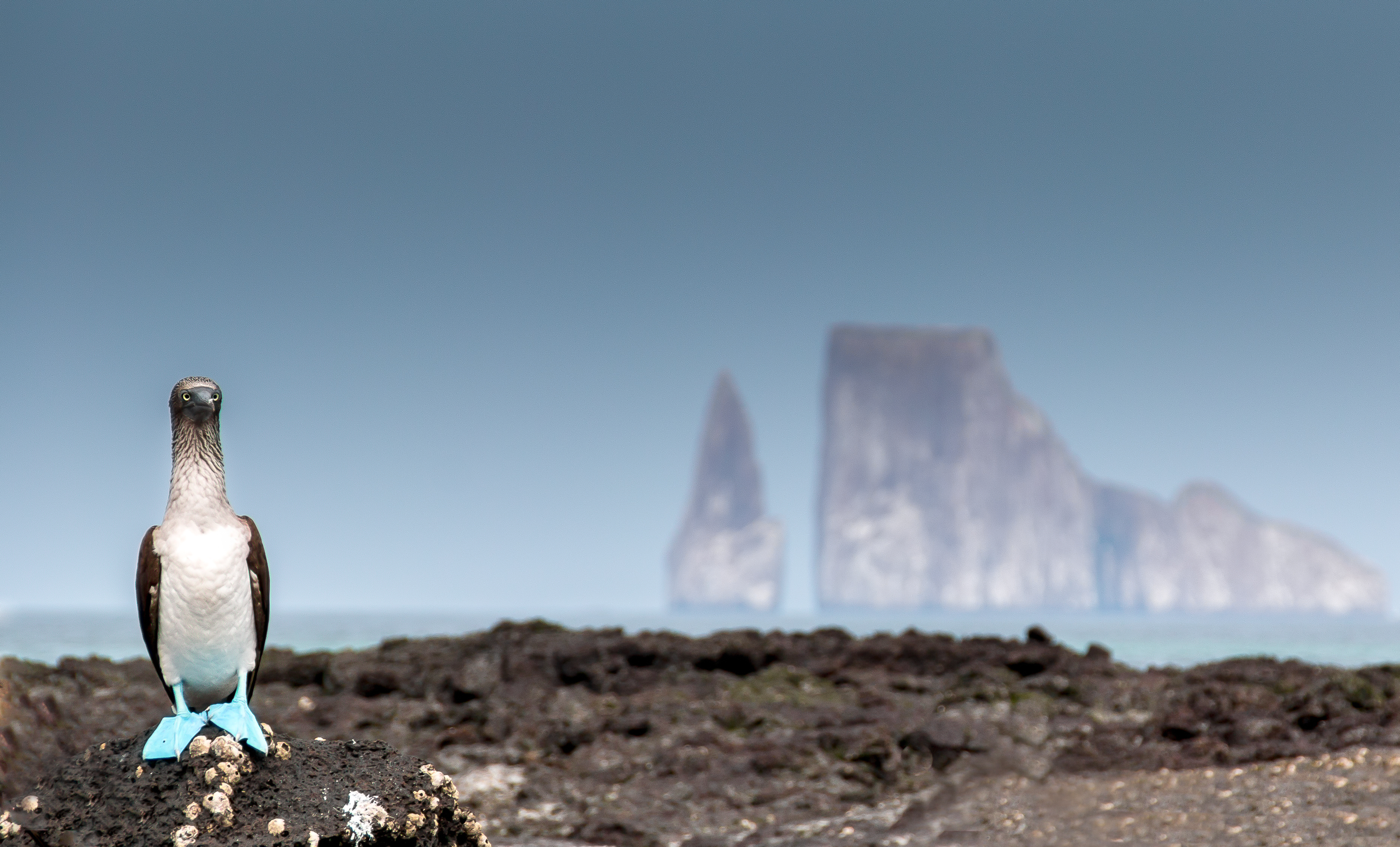
GALAPAGOS BY YACHT
Traversing these islands on a live aboard yacht allows you to be fully immersed in this destination. Imagine waking up in a new location each morning and heading out by skiff to arrive at your destination before the folks from the larger boats do! Although we offer choices in itineraries that vary in length from 4, 6 and 8 days, this itinerary is the longest and focuses on Central, Southern and Northern Islands including visits to Tower and Hood Island, two of the highlights of the Galapagos Islands.
From: $9200
5 Days / 4 Nights
When to Go: Year round
Start / End: Balta Airport/Santa Cruz Island
DAY 1
BALTA AIRPORT/SANTA CRUZ ISLAND
This morning you will fly into Balta airport, meet up with your crew and settle in to your comfortable cabin on the M/S Beluga.
Santa Cruz Island
- Dragon Hill: Cerro Dragon has a hypersalinic small lagoon behind the beach, often frequented by flamingoes.
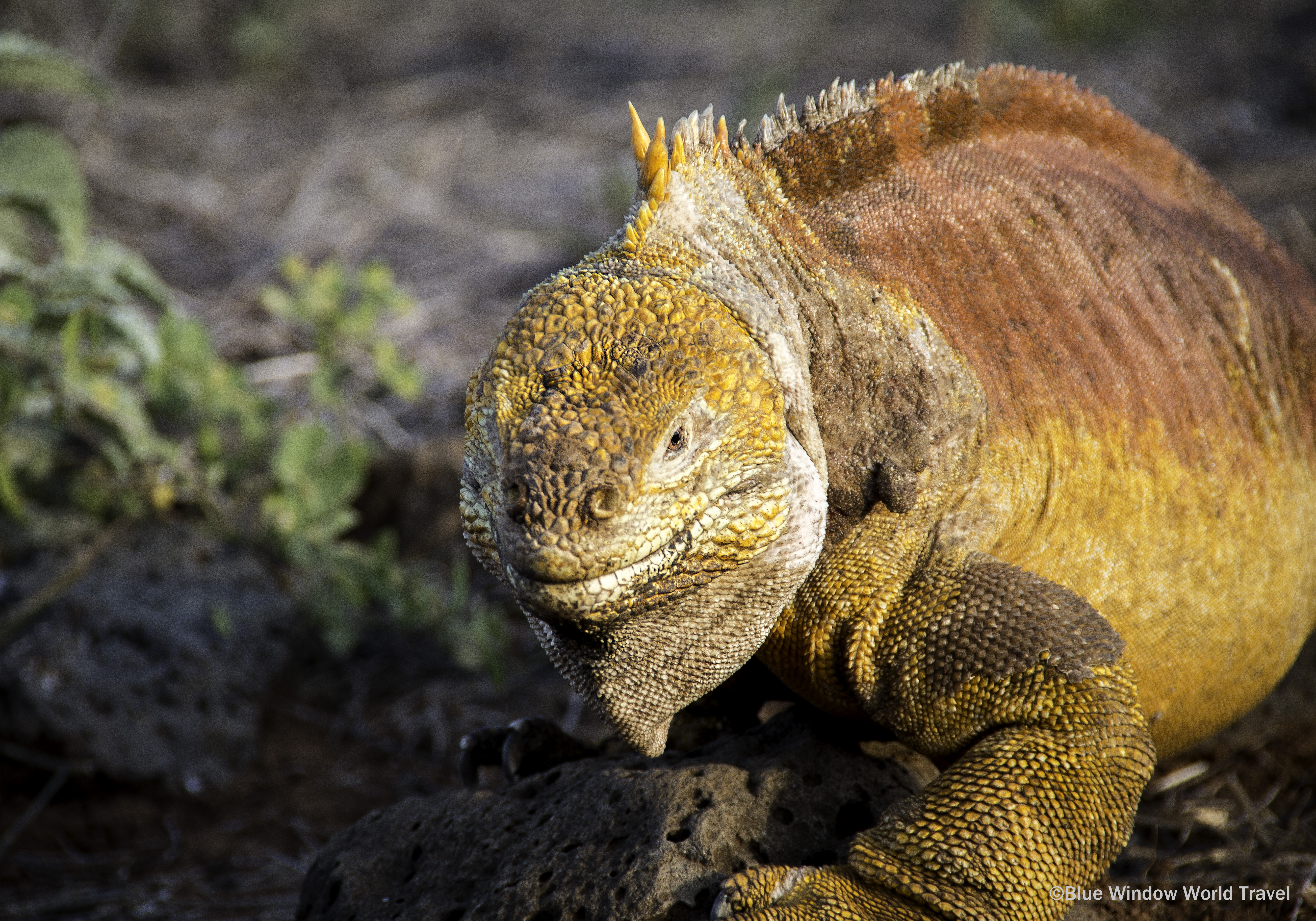
DAY 2
SANTA FE ISLAND/SOUTH PLAZA ISLAND
Santa Fe Island: Santa Fe is a smaller island of 24 km2. The visitor site Santa Fe is located on the northeast end of the island. Highlights include Santa Fe land iguanas, pelican nesting site, sea lion colony, mockingbird, and Palo Santo trees.
South Plaza Island: Plazas consists of two very small islands that were uplifted from the sea, separated by a channel. Only South Plazas has a visitor site. The highlights include tall Opuntia cactus, land and marine iguanas, rocky cliff that looks out towards open ocean which is also a nesting site for red-billed tropic birds and gulls, and a seal lion bachelor colony.
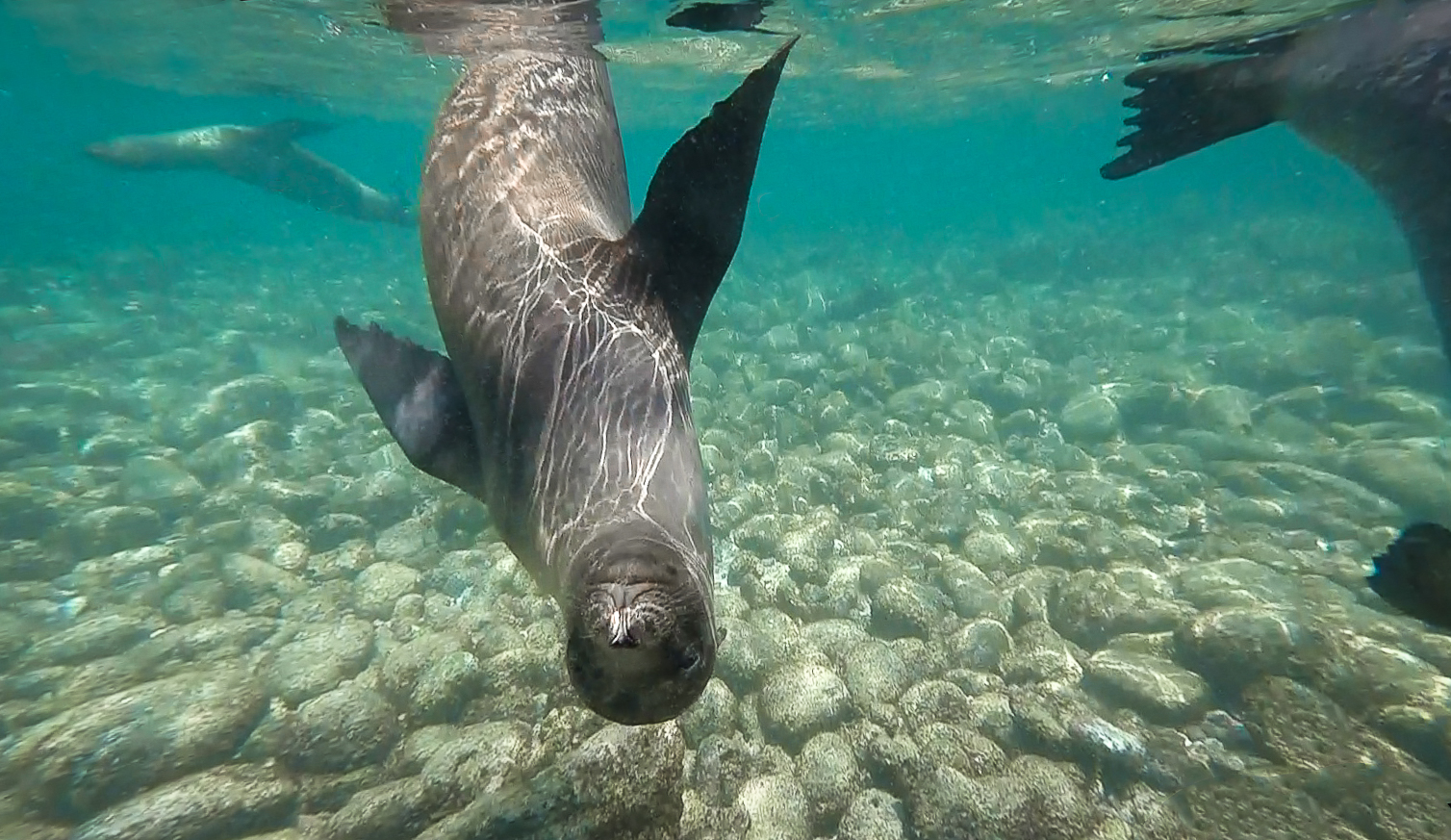
DAY 3
SAN CRISTOBAL ISLAND
San Cristóbal is the easternmost island of Galapagos and also one of the oldest.
- Witch Hill: Witch Hill (Cerro Brujo) is a volcanic cone that looks over a beautiful white sandy beach which has plenty of sea lions, pelicans, blue-footed boobies, waders and marine iguanas.
- Kicker Rock: Kicker Rock (Leon Dormido) is the remains of a lava cone eroded by the sea, the two vertical rocks rising 500 feet from the ocean form a small channel that is navigable by small boats. Many sea birds can be seen here.
- Pto Baquerizo Moreno: Here you will either visit El Junco o Cerro Tijereta depending on conditions, followed by a visit to the Nature Interpretation Centre. El Junco is a freshwater lagoon at 700m, with great views and ferns, miconias, pintails and gallinules. Cerro Tijereta has a frigate bird colony.
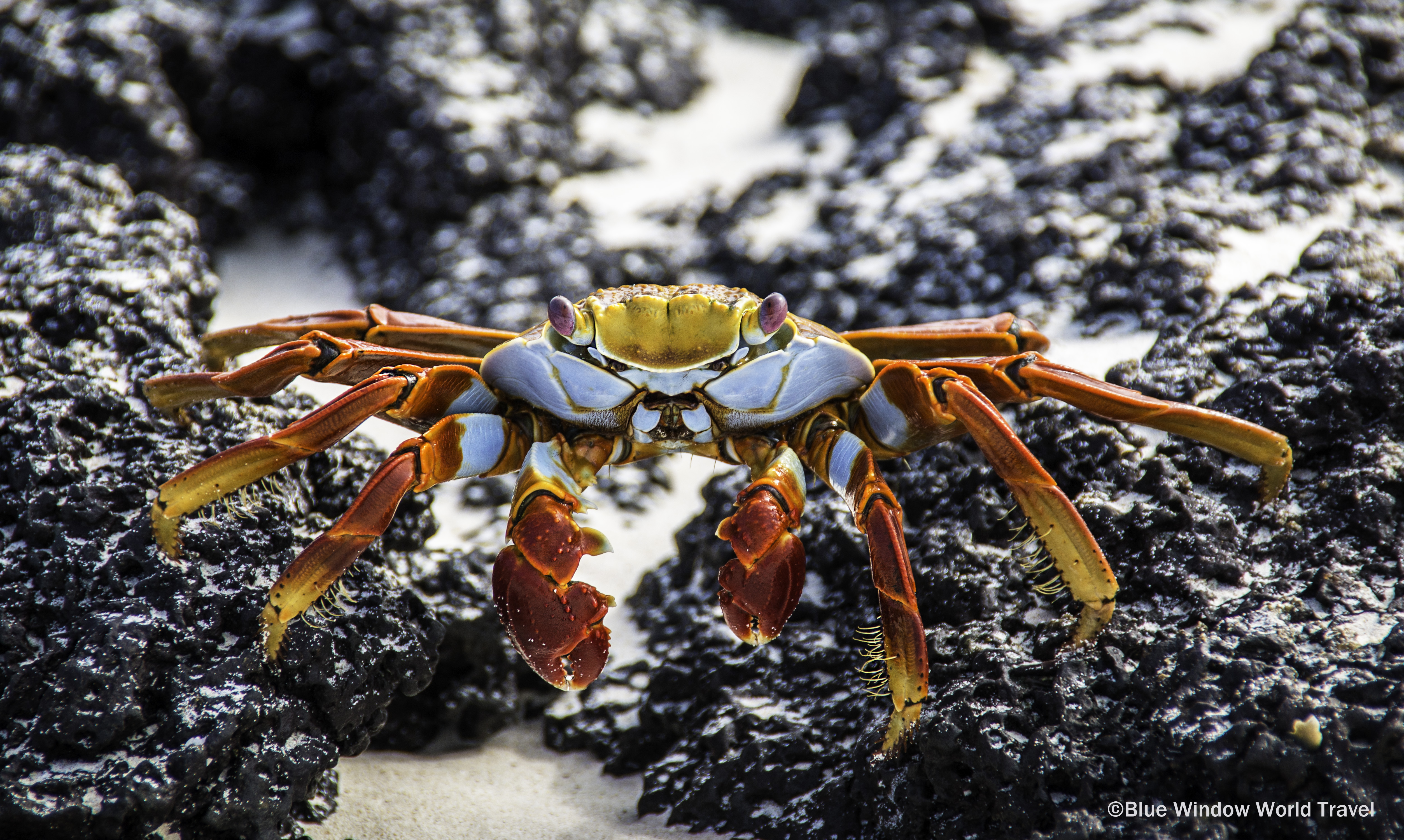
DAY 4
HOOD ISLAND
Hood Island (Española): Hood is the oldest of the Southern Islands and is the southernmost in the archipelago. Because of its remote location a unique range of endemic species evolved here Gardner Bay: Located on the northeast of the island, the site has a long and beautiful white sand beach inhabited by sea lion colonies.
Islote Gardner and Islote Osborn: These islets are snorkeling sites where visitors will see an abundance of tropical fish, reef sharks, and turtles.
Punta Suarez: The wildlife at Punta Suarez is plentiful and varied. Along the cliff visitors can enjoy the blowhole where seawater is forced about 20m into the air. The highlights are the Waved albatross (April-Dec) that are only found on Hood, Galapagos Hawks, blue-footed boobies, Ñasca boobies, and Española lava lizards.
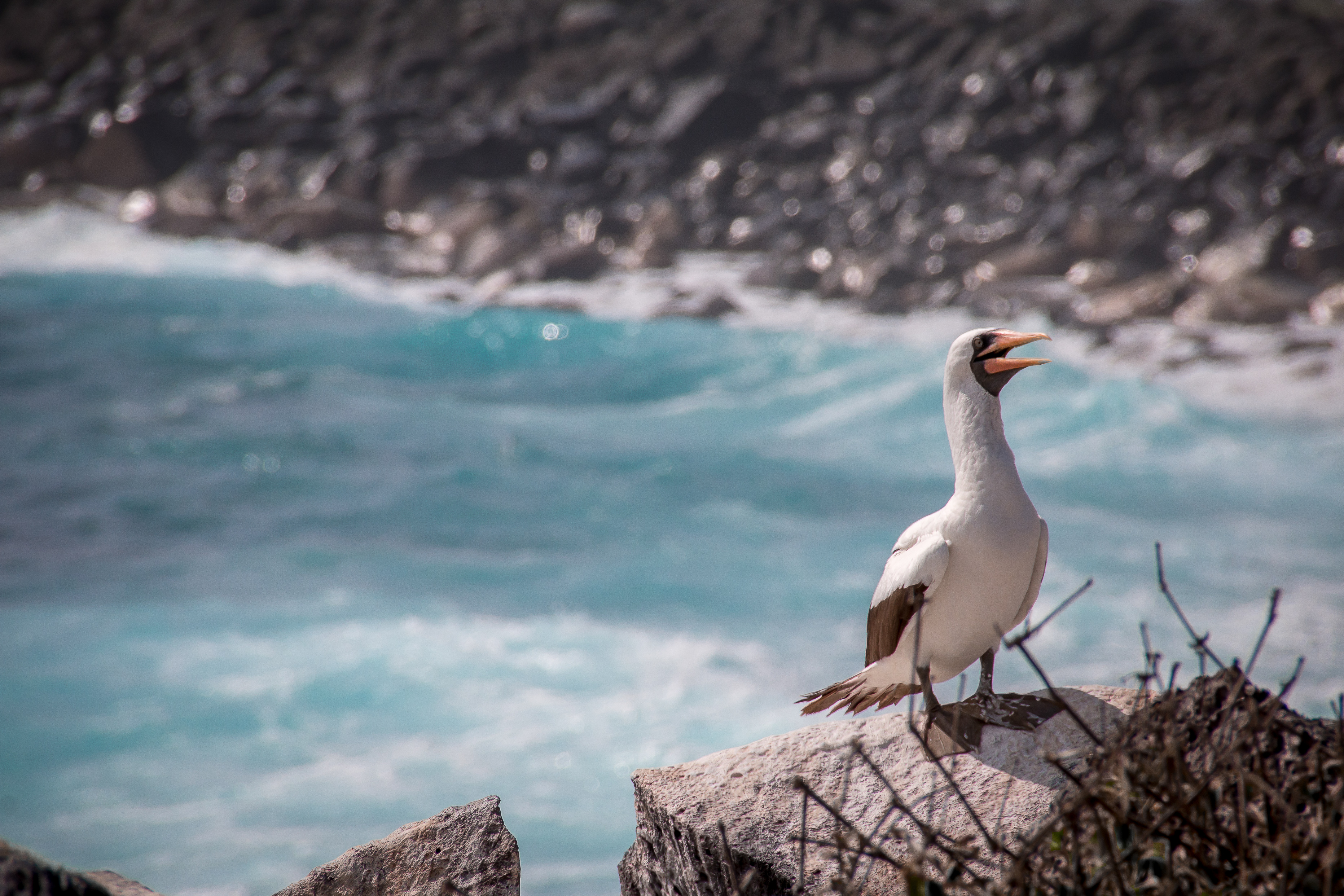
DAY 5
SANTA CRUZ ISLAND
Santa Cruz Island (Indefatigable): Santa Cruz is the second largest island and the most populated of all islands.
- Puerto Ayora & Charles Darwin Station: In Puerto Ayora visitors can enjoy a stroll through town and shopping at one of the many tourist shops, visit the Charles Darwin Station is a research facility and National Park Information center. The Charles Darwin Station has a giant tortoise and land iguana breeding program and interpretation center.
- Highlands of Santa Cruz: Galapagos giant tortoises can be seen in the wild in the highlands of Santa Cruz.
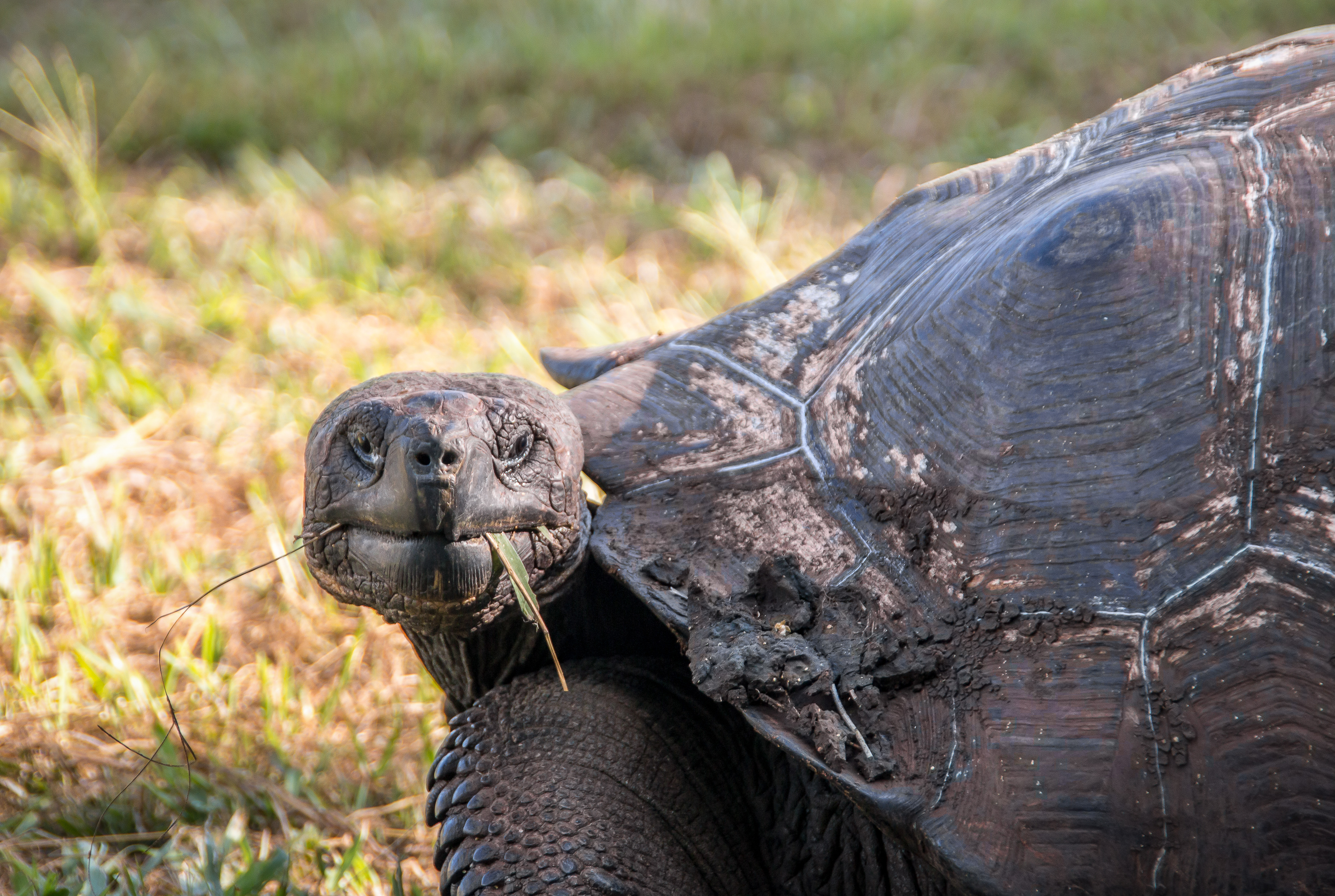
DAY 6
SOMBRERO CHINO ISLAND/JAMES ISLAND
Sombrero Chino (Chinese Hat): Sombrero Chino is a small volcanic island just off the southeast tip of Santiago. The name of the island describes the shape of the island. Fauna includes Sea lions, marine iguanas and the Galapagos penguin.
James Island (Santiago): James Island is located between Isabela and Santa Cruz Islands. This Island offers a wide variety of seabirds, marine iguanas and fur seals.
- Sullivan Bay: This site is of great geological interest. Highlights: 100 hundred year old lava flow field, pahoehoe formations, and lava bubbles.
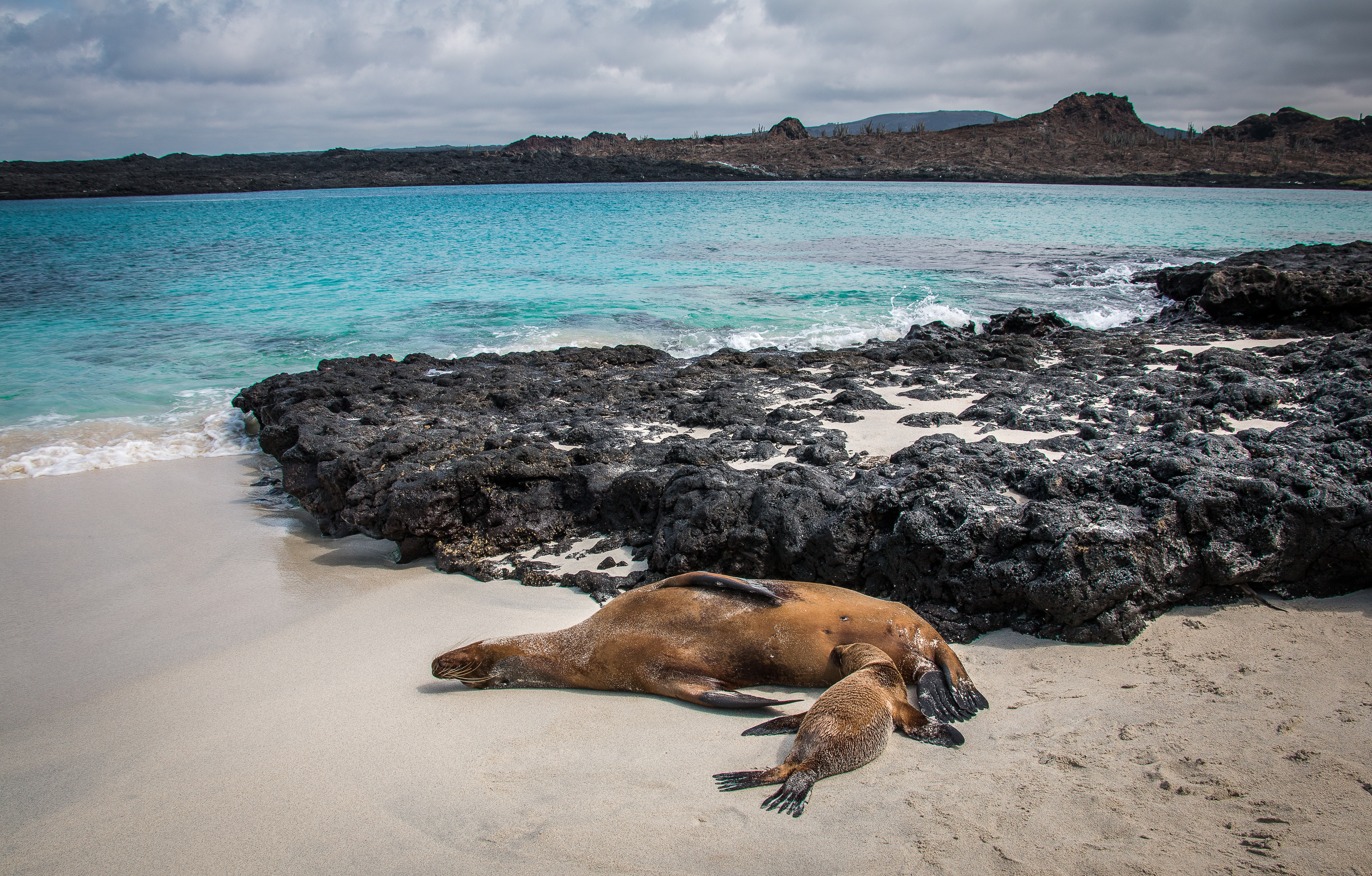
DAY 7
TOWER ISLAND
Tower Island (Genovesa): Tower is an eroded flat volcanic island, with a natural harbor, which is actually the submerged caldera of this volcanic island.
- Darwin Bay: The steep cliffs of this area dominate the island. This area is home to thousands of frigate birds, red-footed boobies, Noddy terns, lava gulls, tropicbirds, doves, storm petrels and Darwin’s finches.
- El Barranco: There is a good possibility of seeing the unique “Short eared owl” at this site. During the dinghy rides along the cliffs fur seals and several species of seabirds can be spotted.
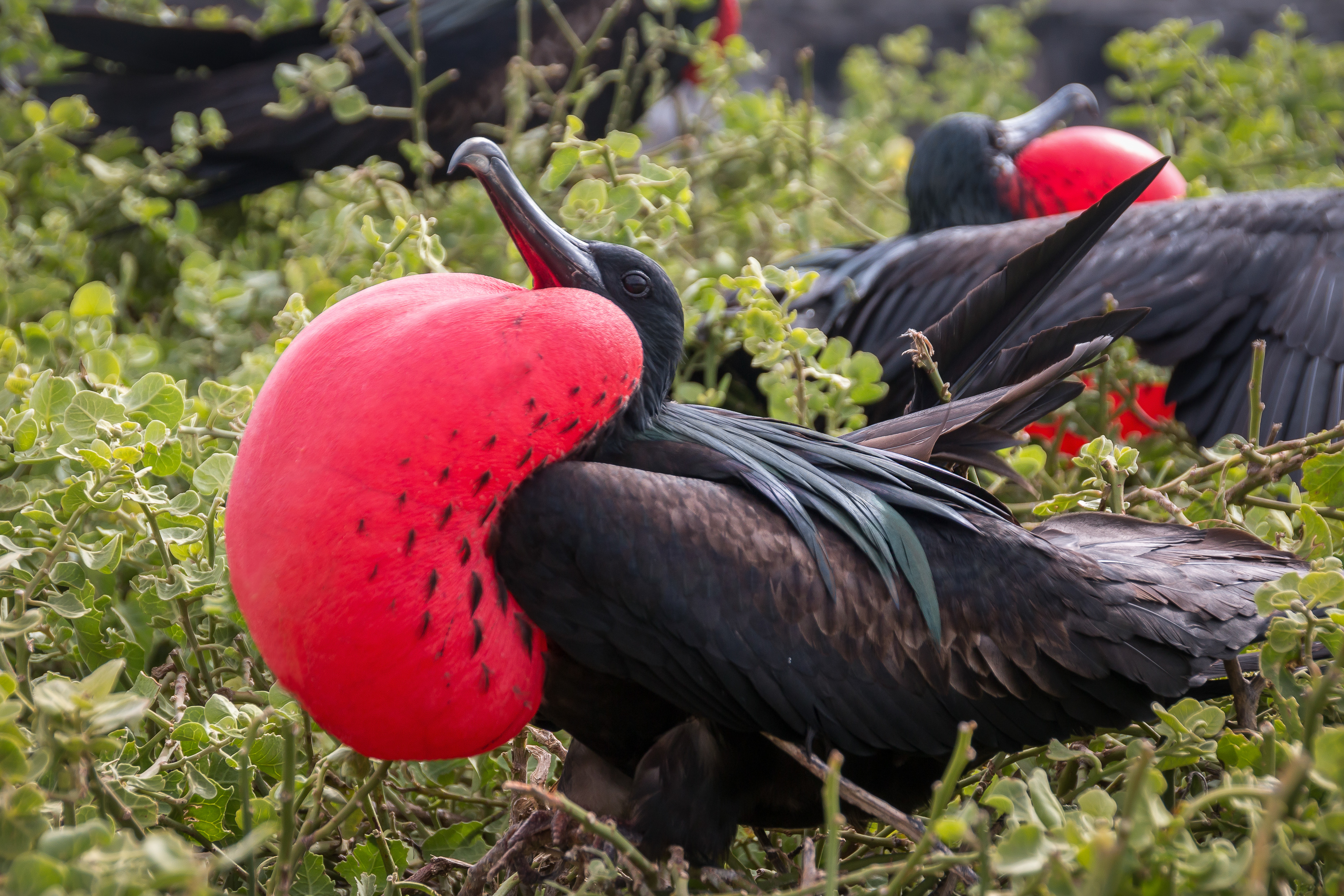
DAY 8
SANTA CRUZ ISLAND/BALTRA
Santa Cruz Island
Caleta Tortuga (Turtle Cove): Turtle Cove is a red mangrove lagoon on Santa Cruz and a perfect example of how mangroves alter the marine environment to create a rich and unique habitat.
Baltra: Return flight to Quito
